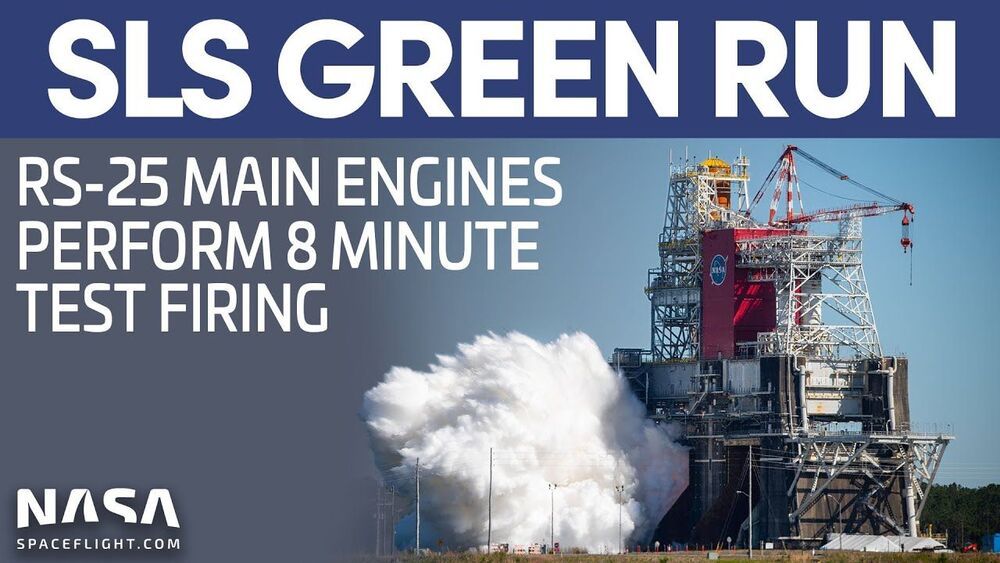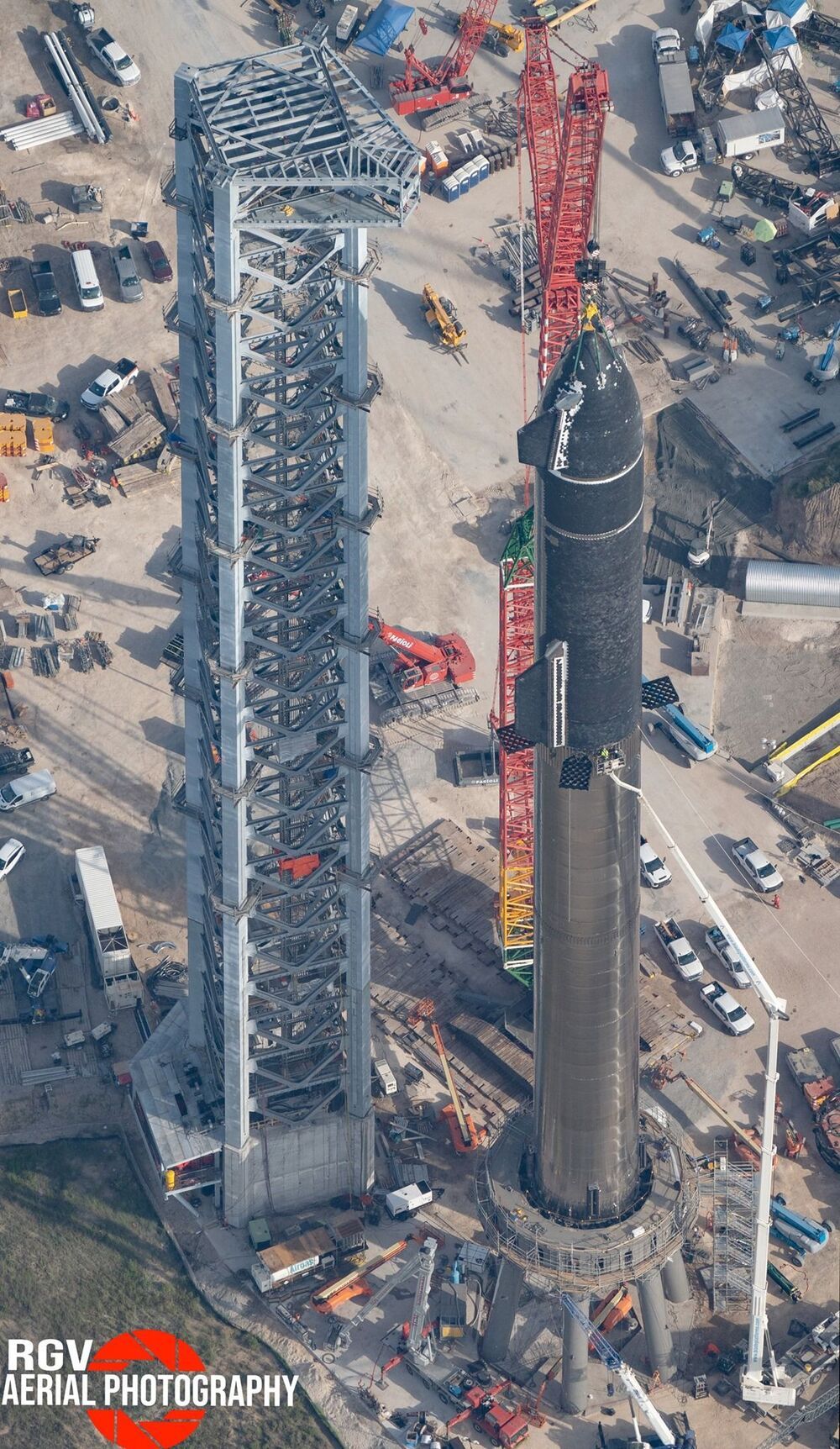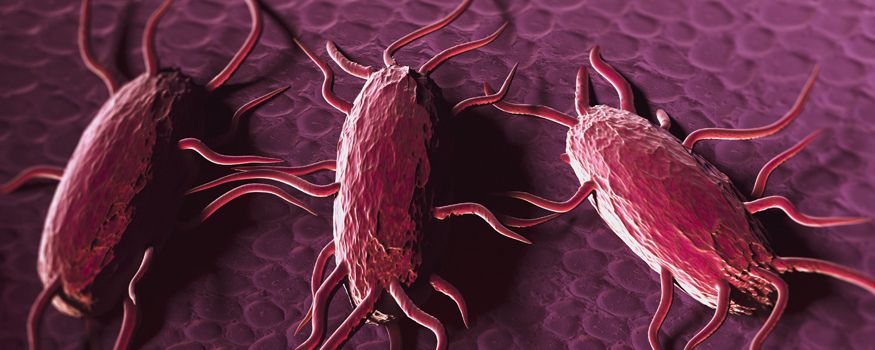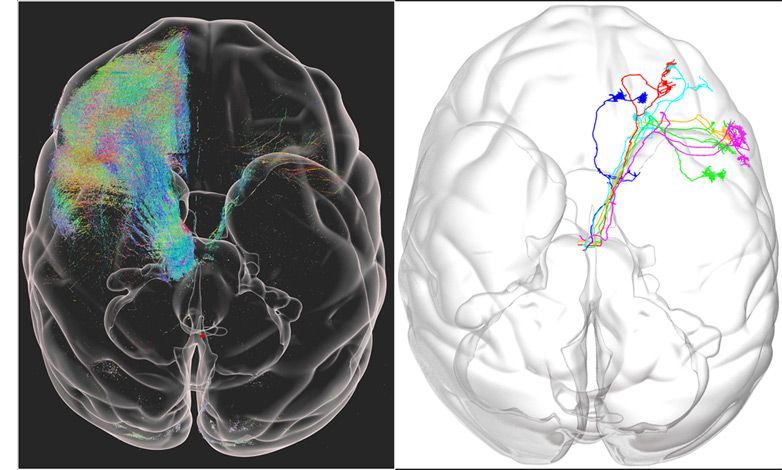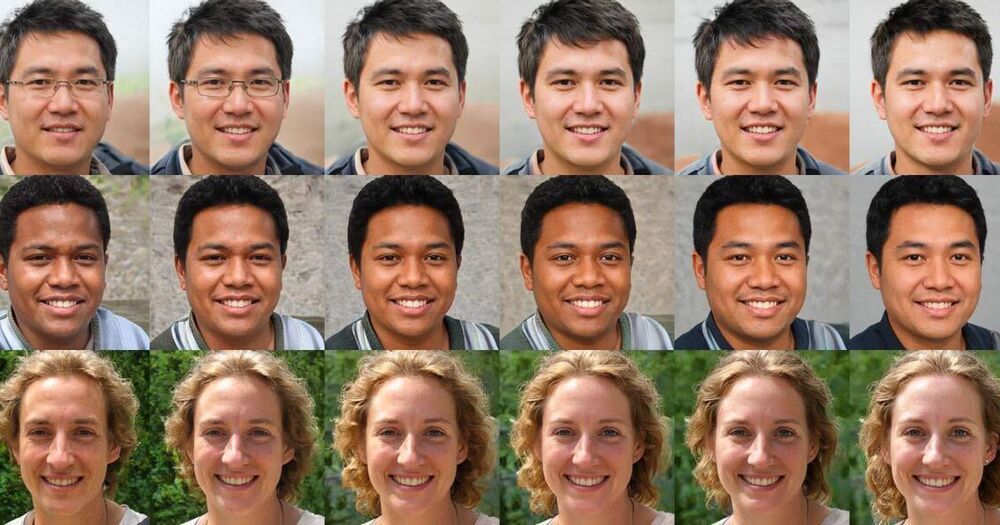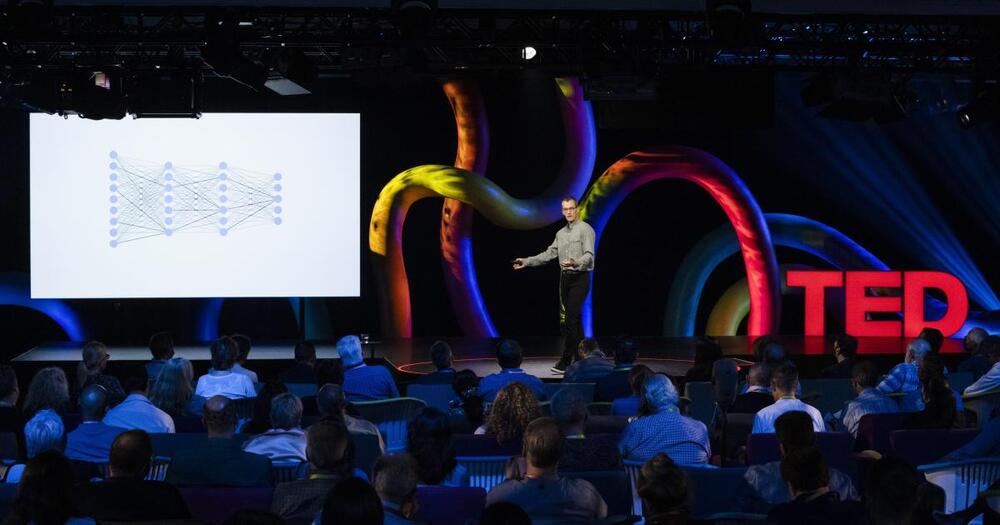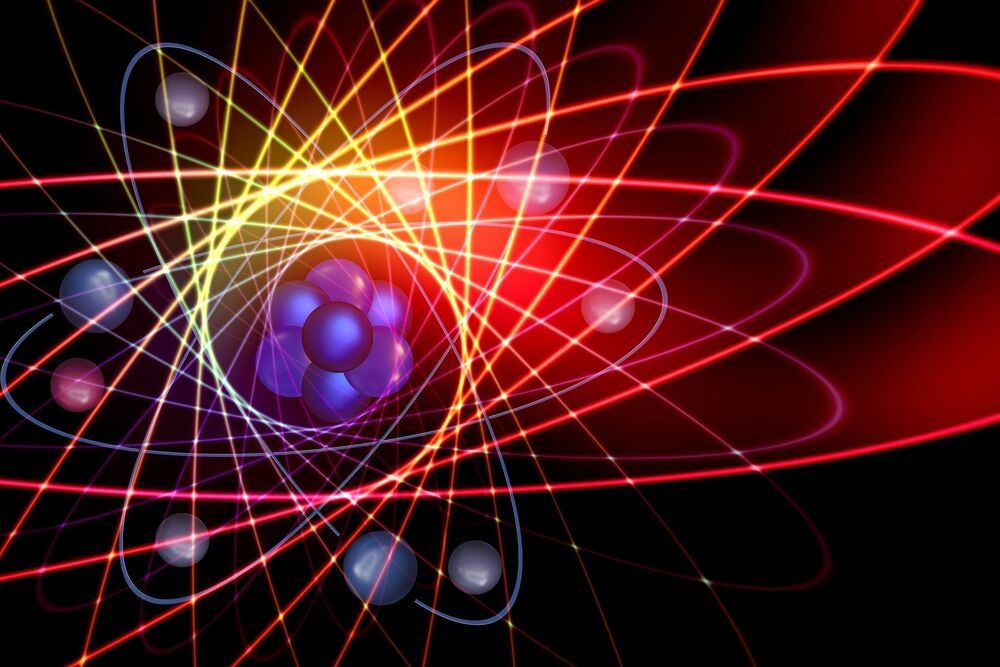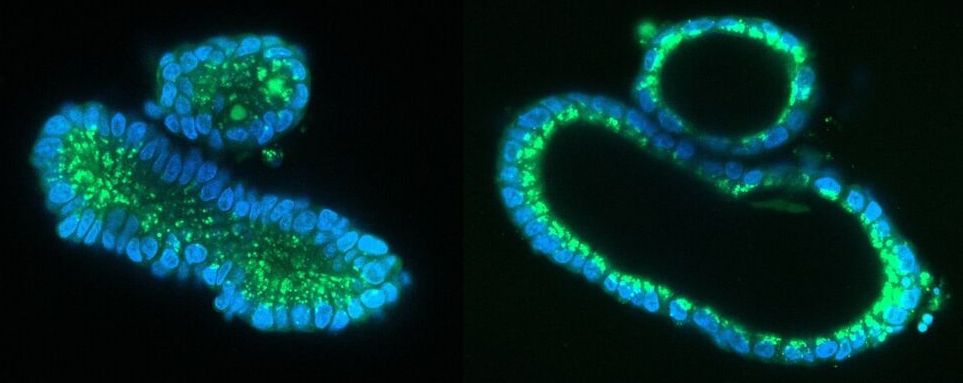After stacking the stages of the Space Launch System (SLS) rocket for NASA’s Artemis 1 mission in June and July, EGS and TOSC powered up the Core Stage for the first time in the Vehicle Assembly Building (VAB) at the Kennedy Space Center (KSC) in Florida on August 6. The initial power up was a significant milestone in pre-launch processing, marking the beginning of the systematic checkouts of the vehicle and ground systems that will be used for the first launch on Artemis 1.
Just prior to powering up the Core Stage, the four umbilicals that connect ground services from the Mobile Launcher were attached to quick disconnect plates on the stage’s three major equipment bays: the forward skirt, intertank, and engine section. The Integrated Operations team of EGS and Jacobs and the SLS prime contractors are working almost around clock in the VAB to get through all the installations, checkouts, and special tests in time for a launch no earlier than the end of 2,021 but more likely in early 2022.
